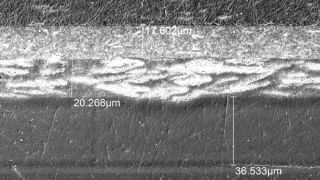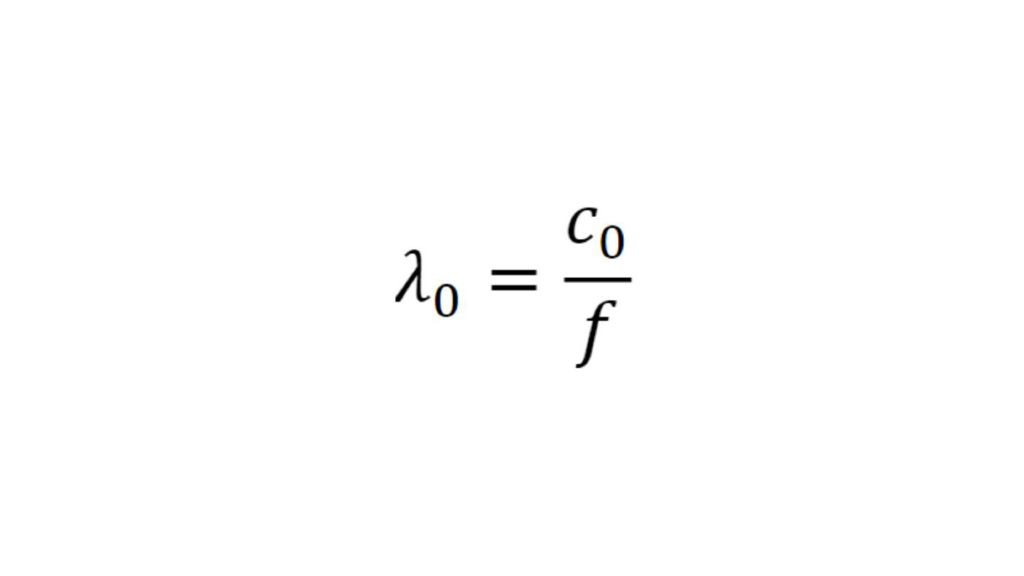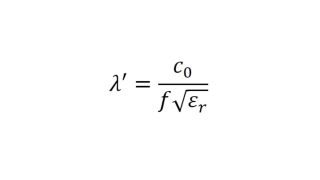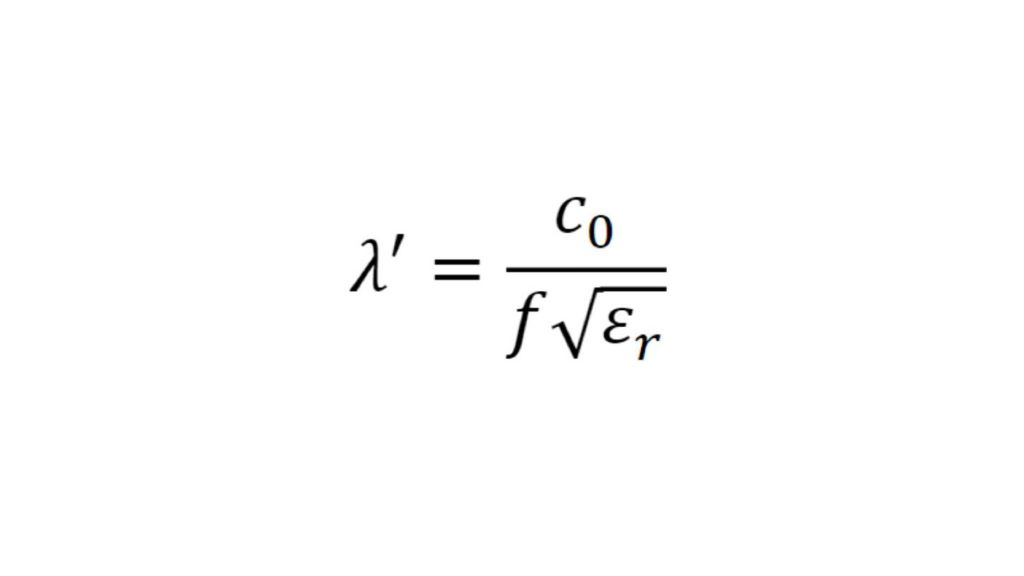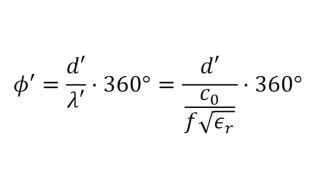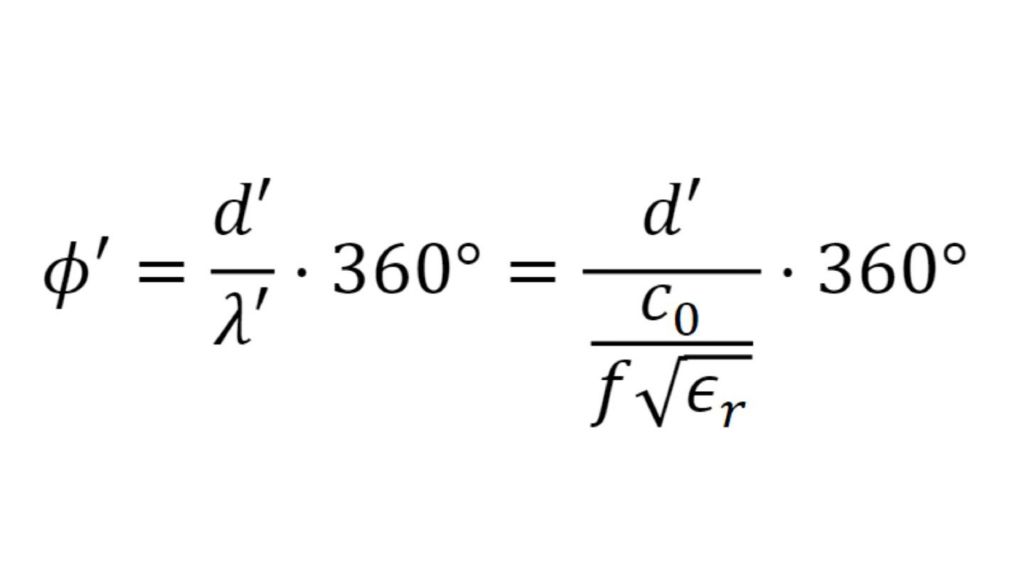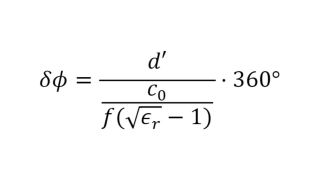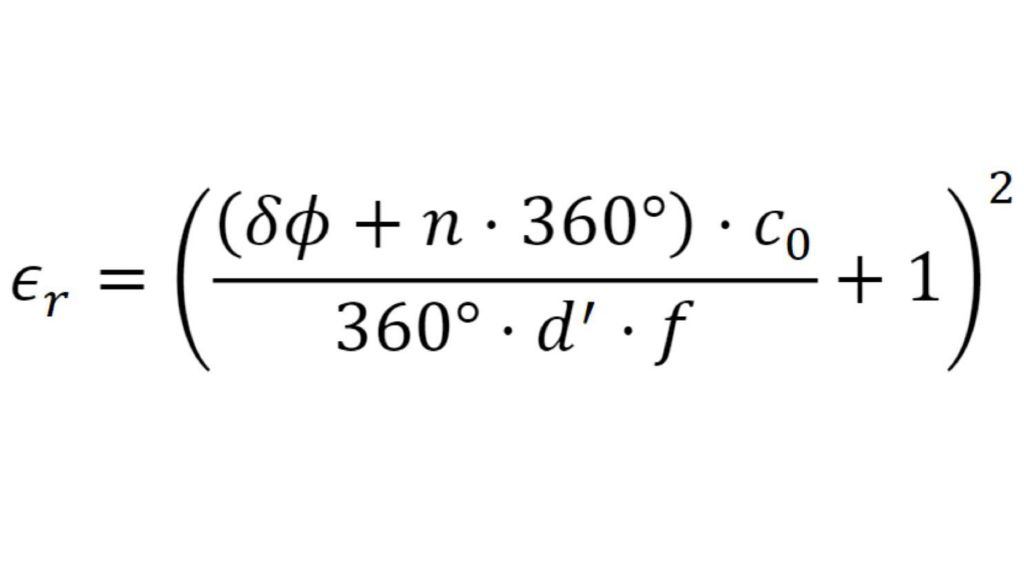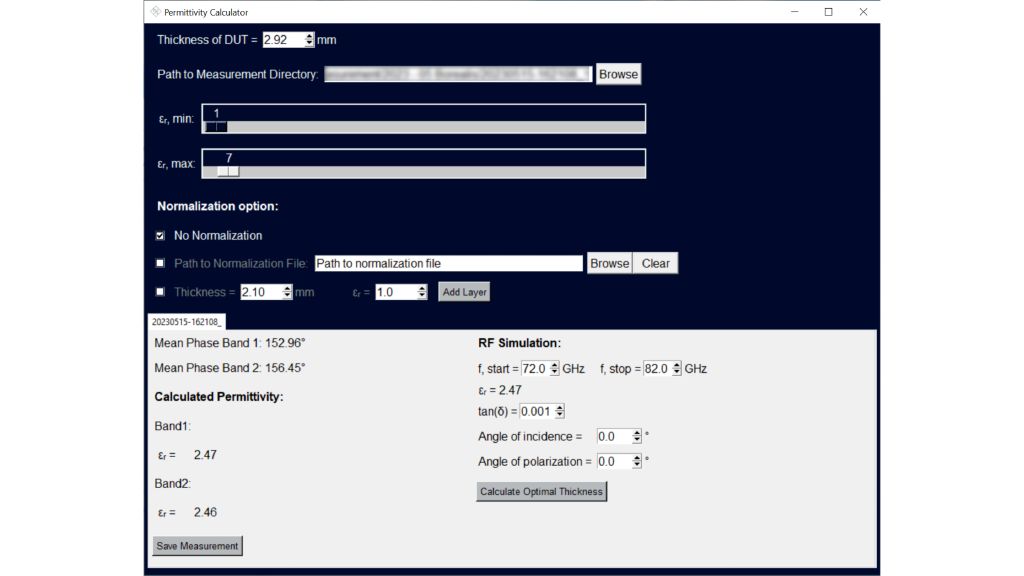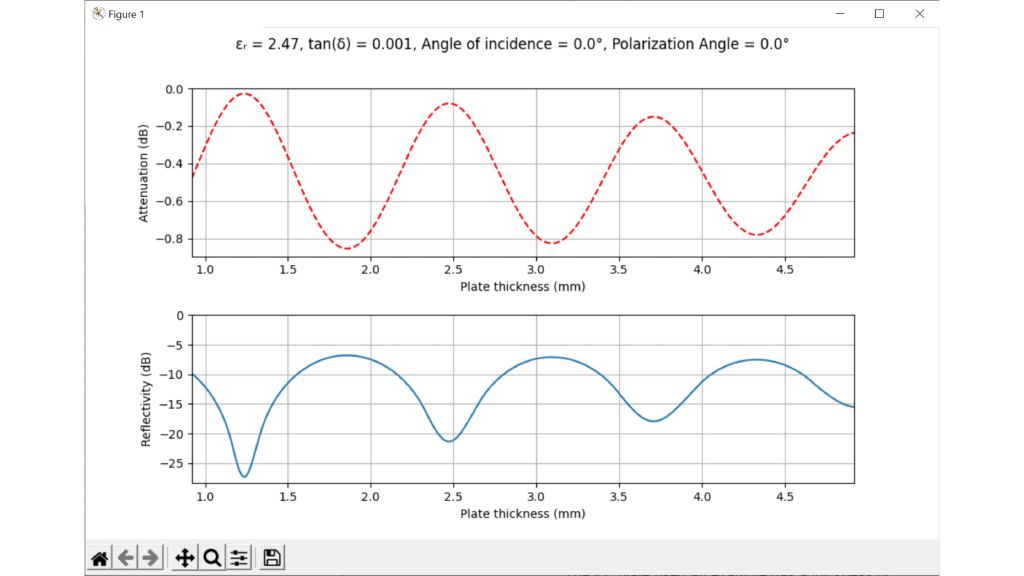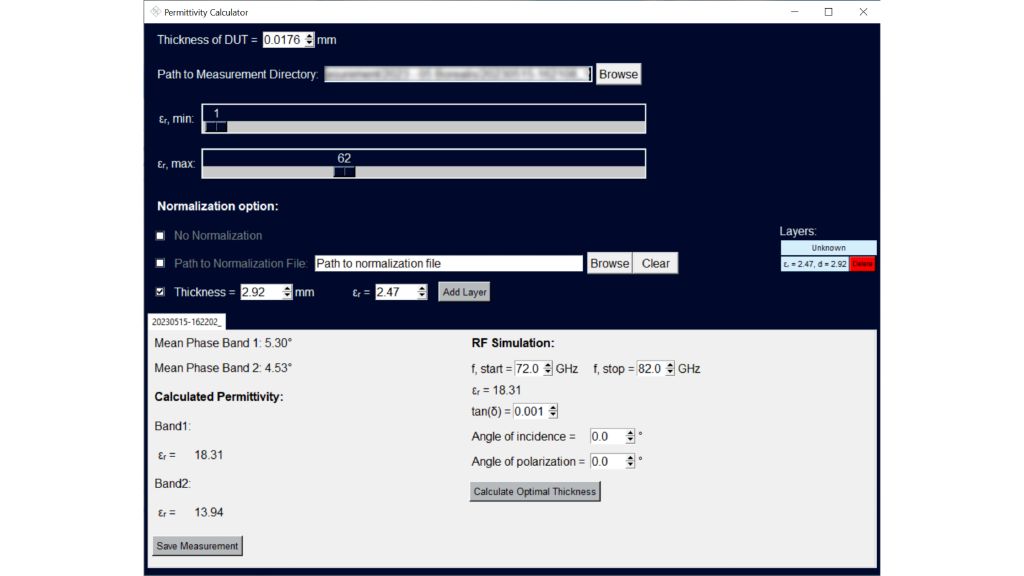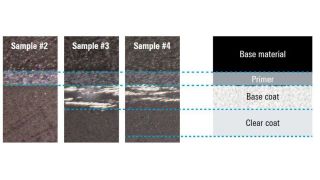Characterizing the material properties of polymers for automotive applications
Automotive radar sensors can be well hidden behind bumpers, but require to be transmissible in the respective frequency domain. To effectively hide the sensors, the radar-transparent areas are usually required to have the exact same shade of color as the rest of the vehicle. To select proper colors and coatings for such bumpers, the respective material properties must be known. In the past, either quasioptical or waveguide based setups, both using vector network analyzers (VNA), have been used. This application card demonstrates a simplified method for material characterization in the automotive radar frequency domain (76 GHz to 81 GHz) based on the R&S®QAR50 automotive radome tester.





